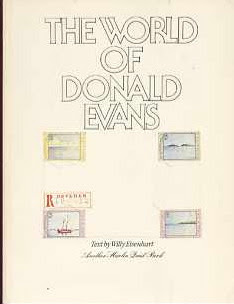Free Trades With Fidelity Investments
Full disclosure: I am not sponsored or paid by Fidelity, although I've used its services for twodecades.When I was much younger, I attended a Wellesley alumni get together sponsored by the Wellesley College Club of Los Angeles. The speaker at that event was an mature looking financial advisor who talked about her experience getting back into the work force years after leaving to take care of her family. She joined an investment and financial advising company and steadily and successfully built her clientele.
She told us about the need for women to invest early, and that she can help if we give her a call. After the event, I was excited about a fellow alum who seemed so in tune with women's financial needs. I did what she told us to do by contacting her to ask her if she would advice me about managing my money. We had some back and forth phone conversation where she asked me for information about my earning, net worth, investments, real estate, etc. At the end of our exchange, she tells me that she cannot manage my money. She only manages the money of people who have over $2,000,000 to invest, and her annual fee is 1% of the total amount under management. Apparently, at the time, I had too little money for big financial advisors to take on. I came to realize that her talk to alumnae was a way to artfully look for qualifying clients. I also realized that 1% of $2,000,000 is a whopping $20,000 per year to pay financial advisors, and that I would never give that much in fees to anyone without first figuring out for myself how I want to invest.
Since that first foray into exploring using a financial advisor and getting turned down, I've gotten more involved in researching and reading about investment tools and strategies and continued to manage my own money without using a professional advisor. Over the years, I've learned a valuable lesson: Own my own, I can lose money like the best of them when the market is down, and when the market is up, I can also make money like the rest of them. Sometimes I do way better. By my estimation, that's good enough for me and I saved myself a bundle of money.
Last month, I published an article about Fidelity Investments and Schwab Investments both lowering its trading fee from $7.95 per trade to just $4.95. In that article, I mentioned that I have been investing with Fidelity, a discount investment broker that doesn't charge you an arm and a leg for stocks, bond, mutual funds and ETF trading. Of course, you don't get the red carpet hand-holding treatment that big financial advisors provide, but if you are willing to do some research on your own and buy and sell your own stocks, the discount brokers are the best way to go especially if you don't have that much money in the market for the investment managers to take a hefty percentage out of the total value of your investments every year.
Today, I got an alert on the Fidelity website that for a deposit of between $50,000 - $99,999 into a Fidelity account, you can get 300 free trades over two year. For a deposit of $100,000 or more, you can receive 500 free trades over two year. Completely free. This is a savings of $1485 or $2475 over two years depending on the 300 or 500 free trade option you choose. Of course, this offer encourages Fidelity clients to pump more money into their accounts to take advantage of the free trades. It also might encourage frequent trading with Fidelity which may not be the best investment strategy if you want to buy and hold good investments rather than day trading or flipping stocks. However, as with everything, if you stick to your investment strategy, do your research, and not be tempted to trade too frequently, and avoid amateur mistakes of buying high and selling low, this is a big savings for discount clients like me.



Comments
Post a Comment